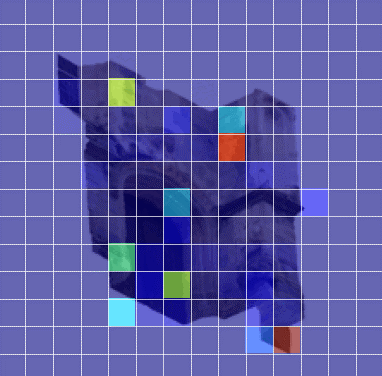
Unlocking Hidden Geometry in Architectural Fragments
We’ve developed a two‑stage, AI‑driven pipeline that deciphers the underlying projective geometry in fragments of historic architecture. First, a Vision Transformer is trained entirely on synthetic geometric primitives—arches, columns, and moldings—so it masters the generative rules of architectural form. Next, we fine‑tune this model on photogrammetric scans of real stone and plaster fragments from four landmark buildings, teaching it to pinpoint the same geometric cues in worn and weathered surfaces.
By converting these detections into segmented “saliency maps” and embedding them into a common geometric space, our system reveals clear lineages between abstract design elements and their real‑world remnants. This not only allows for direct side‑by‑side comparison of synthetic models and actual fragments, but also creates a searchable, systematic catalog of shapes across multiple sites.
Ultimately, even though our network starts with purely computer‑generated training data, it generalizes beautifully to real historic materials—recovering latent projection lines and curves that guide accurate restoration, digital reconstruction, and long‑term preservation of architectural heritage.








